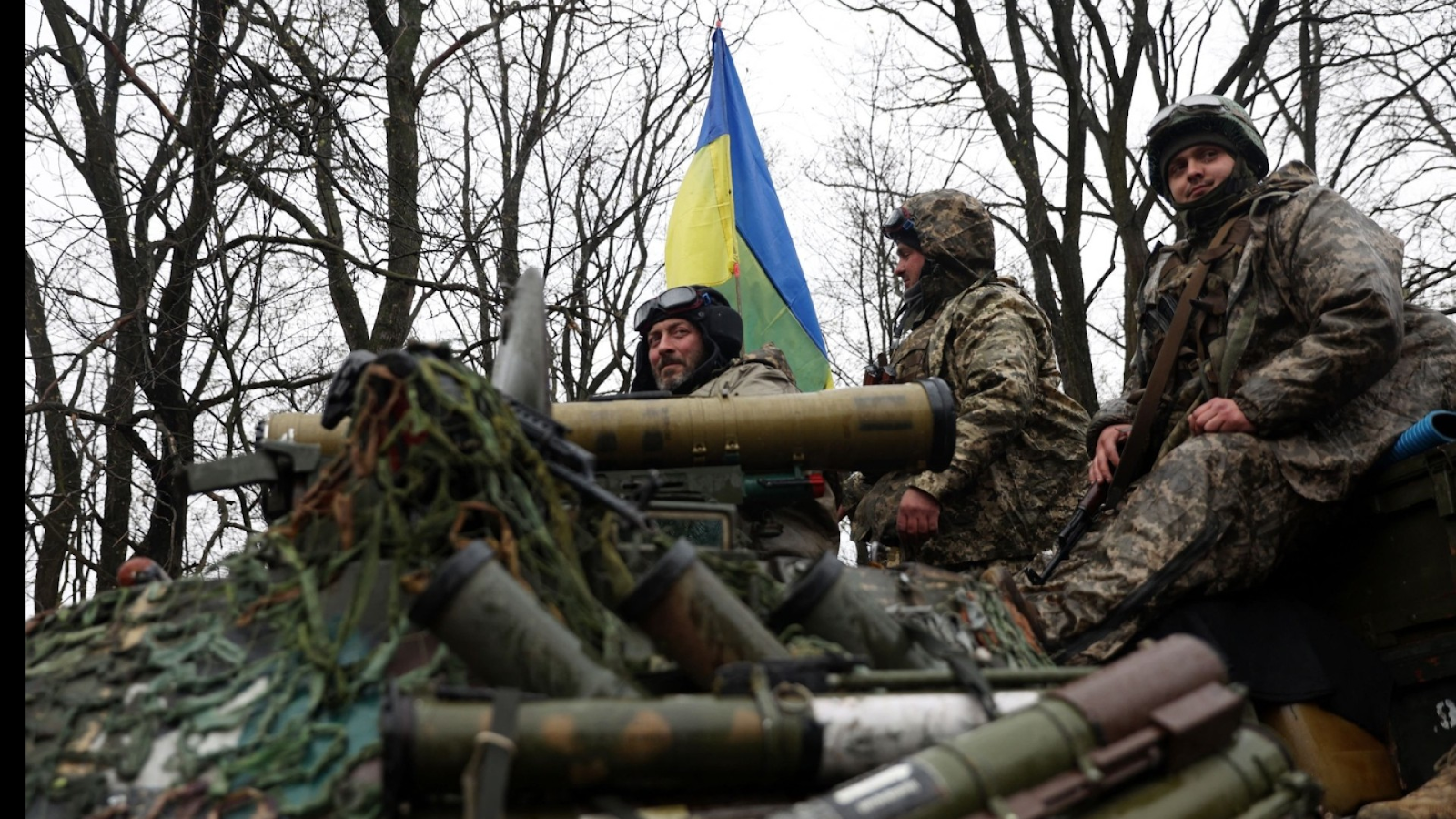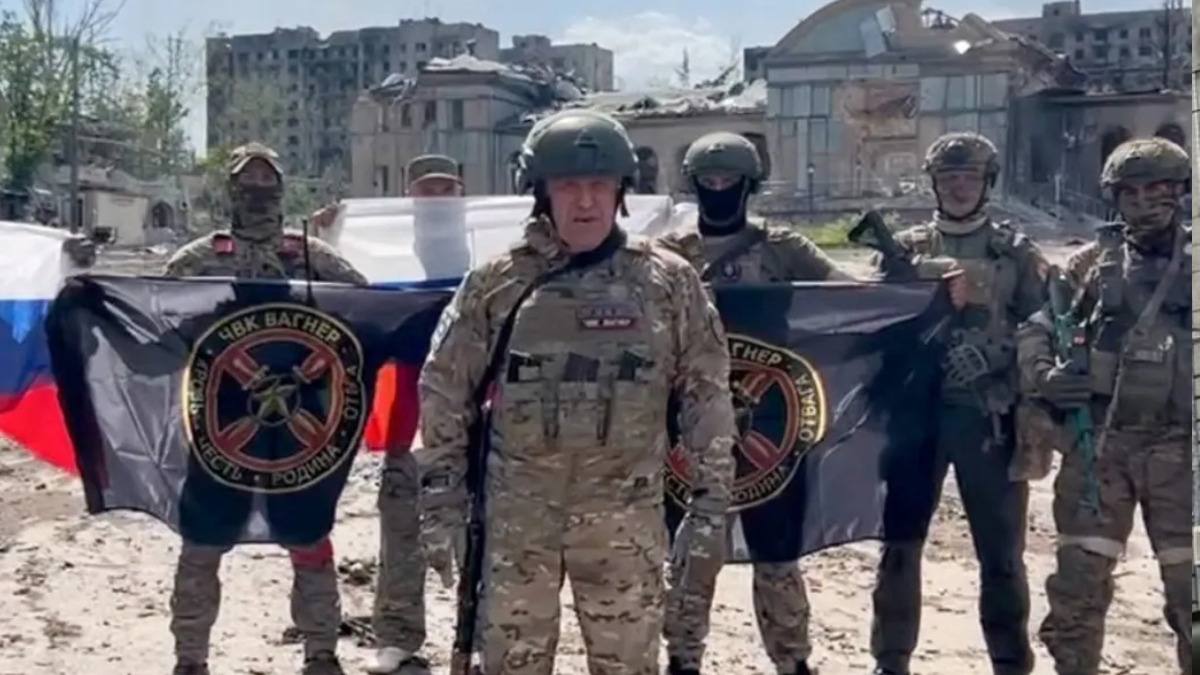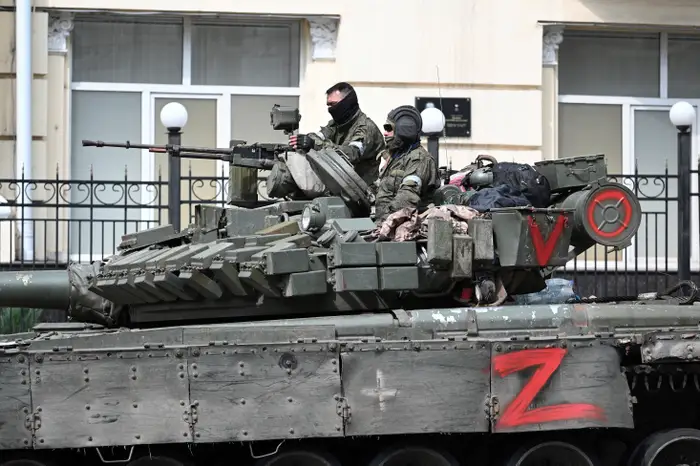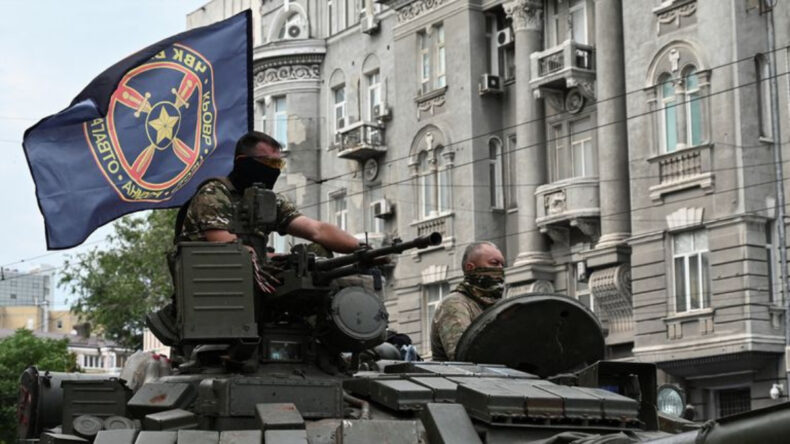Background
Wagner group, also known as PMC Wagner, is a Russian-aligned paramilitary organization. It is a network of mercenaries and the de facto private army of Yevgeny Prizoghin, a businessman who is closely connected with Russian President Vladimir Putin. The group used to operate in support of Russian interests and received pieces of equipment from the Russian Ministry of Defence (MoD).
Rise to prominence
Wagner Group came to the forefront when it assisted pro-Russian separatist forces of the self-declared Donetsk and Luhansk People’s Republics from 2014 to 2015 in Donbas war in Ukraine.

The Wagner troops reportedly have participated in conflicts and wars around the world, including civil wars in Syria, Libya, and the Central African Republic, often fighting on the side of nations that align with the Russian government.
Role in the Russia- Ukraine Conflict
The Wagner Group has played a pivotal role in the Russian invasion of Ukraine, where it was deployed to assassinate Ukrainian politicians, leaders, and influential people, among other activities, and for which it has recruited convicted felons from Russia for front line combat.

According to sources, the Wagner group had 50000 fighters in Ukraine, including 10000 contractors and 40000 convicts.
Recent Developments
On June 23, 2024, the Wagner troops staged an armed rebellion after accusing the Russian military of having their members in Ukraine with Prizoghin accusing Defence Minister Shigou of deliberately attacking his camps and thus in process killing his soldiers and as a result of which it had withdrawn its forces from Ukraine and seized the city of Rostov-on-Don in Russia.

The forces then marched towards Moscow, attempting to reach the capital before they could be intercepted by regular forces loyal to the government of Russia.
The pact between Russia and Troops
The Wagner troops halted its advance towards Moscow and pulled fighters by defusing what had become the biggest hits to Vladimir Putin’s grip on Russia and his 25-year rule. As a part of a deal to end the uprising, the Kremlin had guaranteed the chief that they would be allowed to leave for the neighboring nation of Belarus and that authorities would not press any mutiny charges against Wagner troops.
According to the Kremlin, the pact, which Russia said was brokered by Belarusian President Alexander Lukashenko.

These events took place after the Wagner chief Prizoghin took his convoy of fighters to the capital without any difficulties, even after Putin had accused the mercenary group of treason on the TV broadcast.
The Kremlin said the charges for armed mutiny against the Wagner group and its chief would be dropped and it wouldn’t take any actions in recognition of their previous service to Russia. Further stating that the highest goal of the pact was to avoid bloodshed and internal conflict with unpredictable results.

In order to counter the troops, the Kremlin erected a checkpoint in Moscow with armored vehicles and troops on the city’s Southern edge. Red Square was shut down, and the Mayor of Moscow Sergey Sobyanin urged people to stay off the roads of the capital.
As the deal was struck, the Wagner troops, who were just 120 miles away from Moscow, decided to retreat from their path to Moscow in order to avoid shedding Russian blood and thus ordered his troops to fill camps in Ukraine, where they had been fighting along with the Russian troops.
Impact of Revolt
This revolt by the chief exposed vulnerabilities within the Russian government as the Russian military was struggling to defend Russia’s capital Moscow, the troops had successfully downed several helicopters and military communication planes.
As the group left Russia’s Rostov on Don, conditions within Russia became stable, and normalcy returned to the streets with cars and people back on streets of Moscow.












